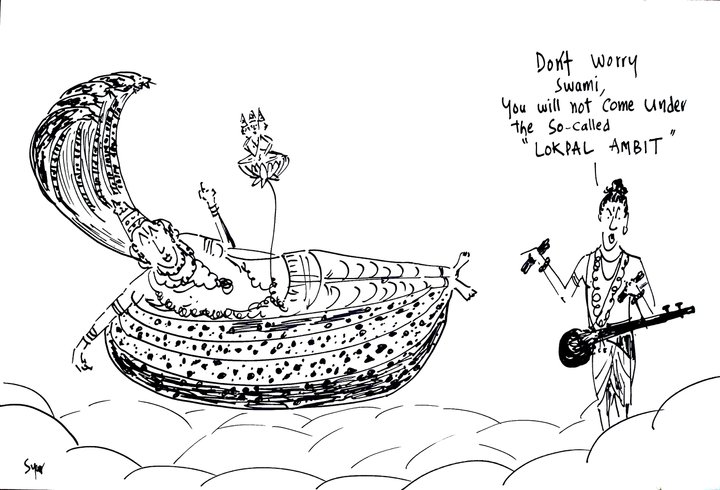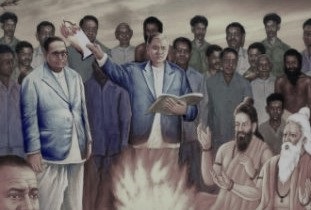Braj Ranjan Mani (First published in 2009) The image of India is that of a democratic, multicultural, inclusive society. But more often than not, appearances are not reality. India is a republic—a secular, socialist, democratic republic—where millions of children, women and men remain demoralised, enslaved to the powerful, crying out for fundamentals of life. Fragmented …
Neobrahmanism, human rights and social democracy



